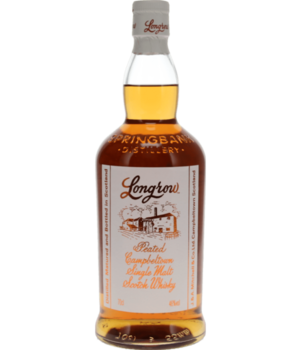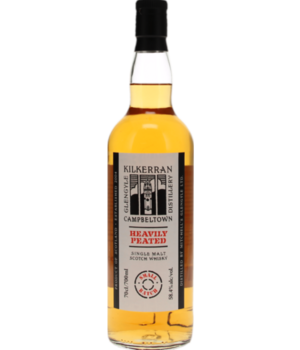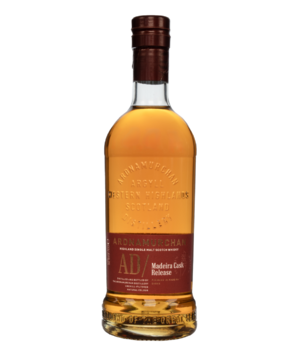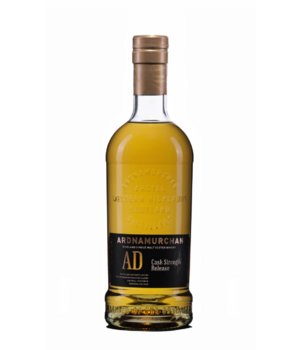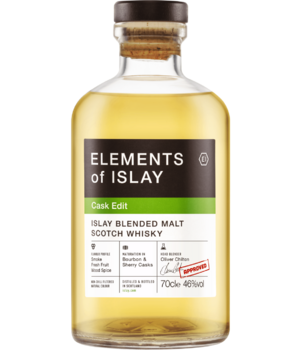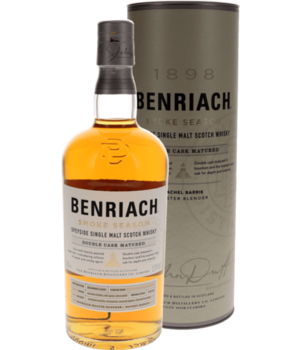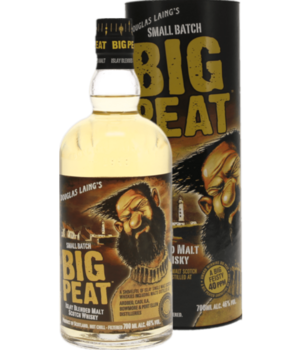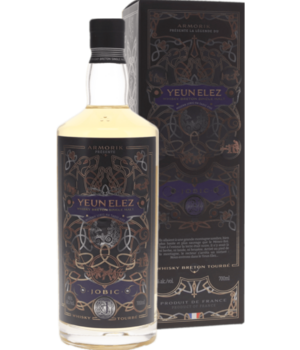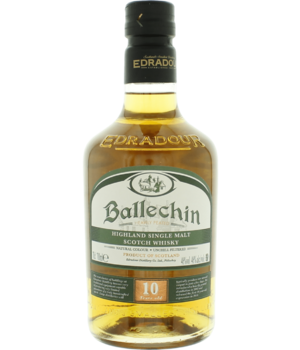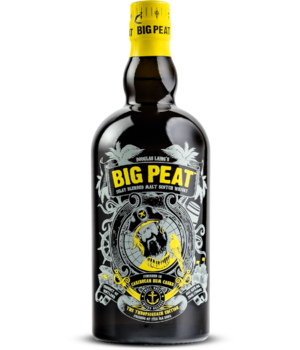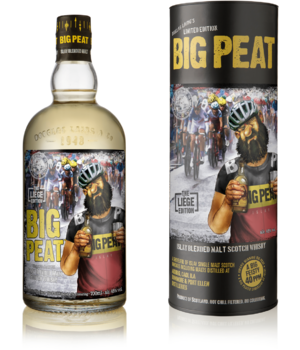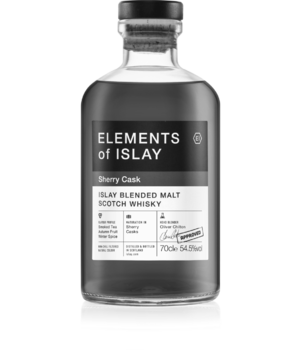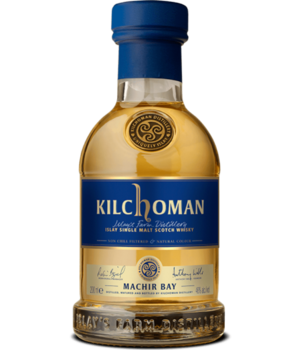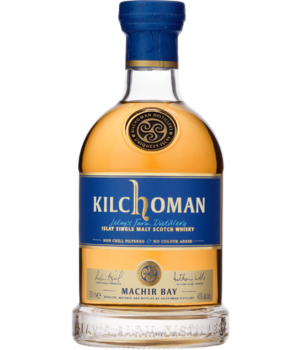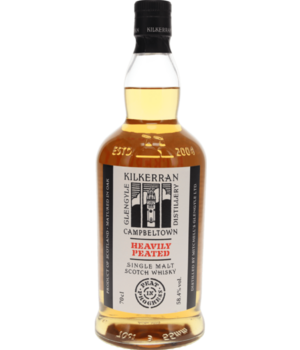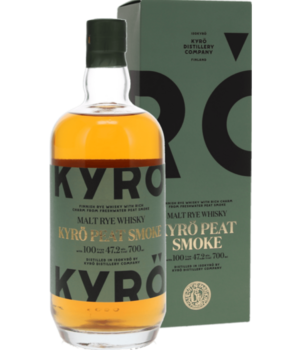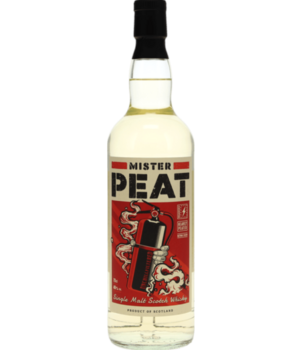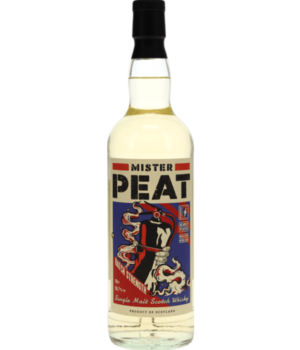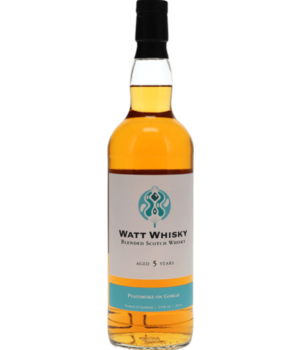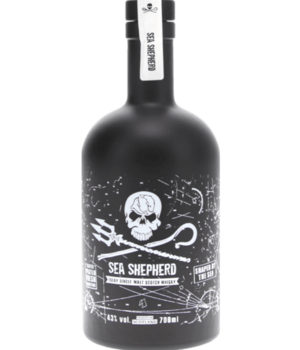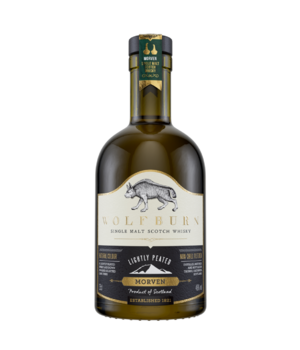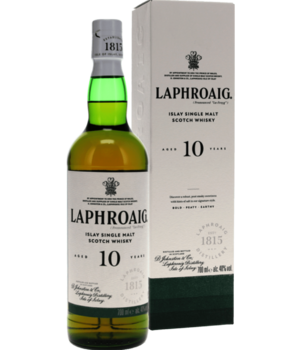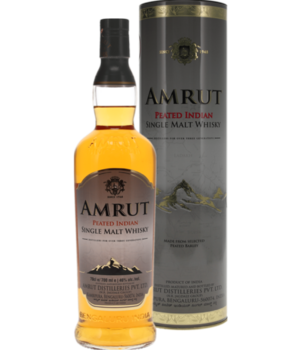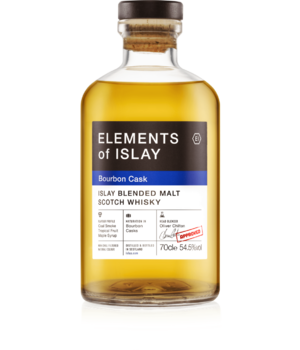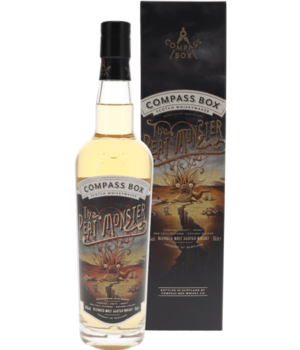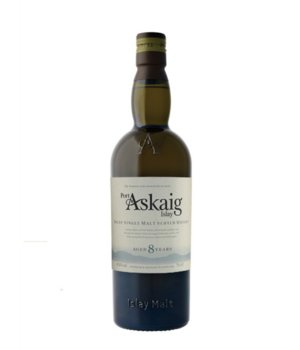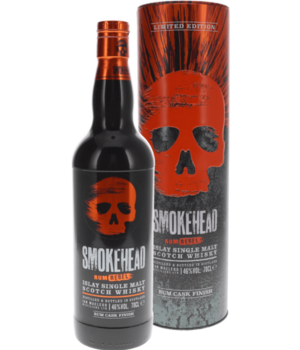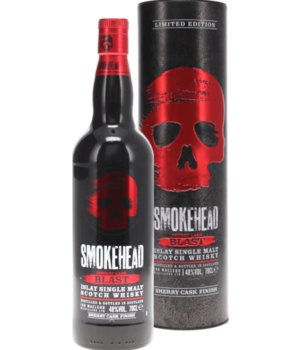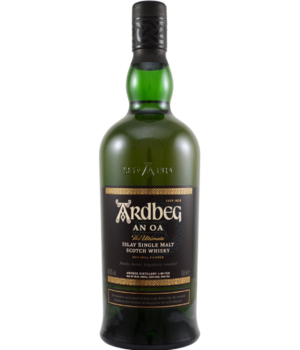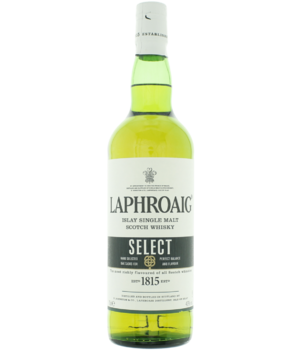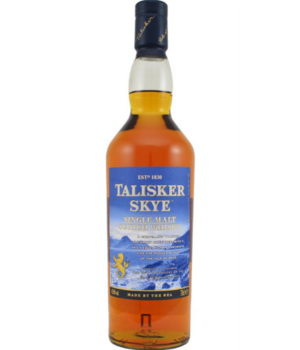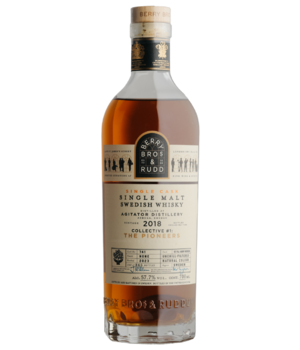
Peated whisky - a real treat for many, a bold exploration for some. It is a category that evokes smells of a campfire by the sea, a smoky charcoal grill, and sometimes even medicinal, briny notes reminiscent of the Scottish coast. These whiskies have a depth and character that either enchant or terrify aficionados. What makes these whiskies so unique? Let's dive in.
What is "peated whisky"?
Peated whisky, or peated whisky or smoked whisky, derives its distinct flavour from a special element: peat. Peat is an organic material composed of compressed plant remains, formed over centuries in boggy areas. In Scotland, where peated whisky originated, peat has traditionally been used as a fuel. This later became an integral part of the whisky-making process and resulted in the unique smoky flavour these whiskies are known for.
How is the peated flavour created?
The distinctive flavour of peated whisky is created in the malting stage of whisky production. Here's how the process works:
Malting the barley
Barley is soaked in water and then spread out to germinate. During this process, the barley begins to develop sugars that are later needed for fermentation.
Drying with peat smoke
Here comes the secret of the smoky flavour. Once the barley starts germinating, the drying process is interrupted by a fire of burning peat. The smoke soaks into the barley and impregnates it with phenols - the chemical compounds responsible for the smoky flavour. The intensity of this flavour is measured in PPM (phenol parts per million). A whisky with 10 PPM has a subtle smoky character, while one with 50 PPM or higher can be a real smoke bomb.
Distillation and maturation
Although the phenols may diminish slightly during distillation, the tart flavour remains prominent. Maturation in oak casks softens and develops these flavours further, where vanilla, caramel and fruity notes can also emerge.
Where does peated whisky come from?
Most peated whiskies originate in Scotland, and especially on islands such as Islay, Skye and parts of the Highlands. Islay is the undisputed mecca for lovers of peated whisky, with distilleries such as Laphroaig, Ardbeg and Lagavulin known for their intense and powerful smoky expressions.
But peated whisky is no longer limited to the Scottish islands. Distilleries in Japan, Sweden and even the Netherlands are also experimenting with peat to create unique and local interpretations of this style.
How do you drink peated whisky?
Peated whisky can be an intense experience, especially for beginners. Here are some tips to get the most out of it:
- Taste deliberately: Take small sips and let the whisky roll over your tongue.
- Add water: A few drops of water can open up the flavours and soften the smoke.
- Food pairing: Pair peated whisky with smoked salmon, grilled meat dishes, or even dark chocolate. The contrasts and similarities in flavours make for a surprising experience.
A world of smoke and depth
Peated whisky is a world unto itself - full of history, craft and adventure. It is not a whisky for everyone, but for those who are seduced by the deep smoke notes and complex layers, it offers a lifetime of passion. So, next time you pour a glass, close your eyes, breathe deeply, and let yourself be transported to the rugged shores of Islay.
Sláinte!
Buying peated whisky, where to start?
In the product overview that follows, we have already made a selection for you of our whisky for which the "Peat" parameter is at least 2. These are the spirits that, in our opinion, have a reasonable to very pronounced peaty character.

